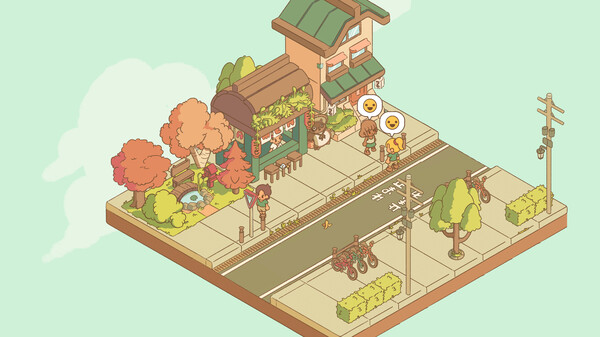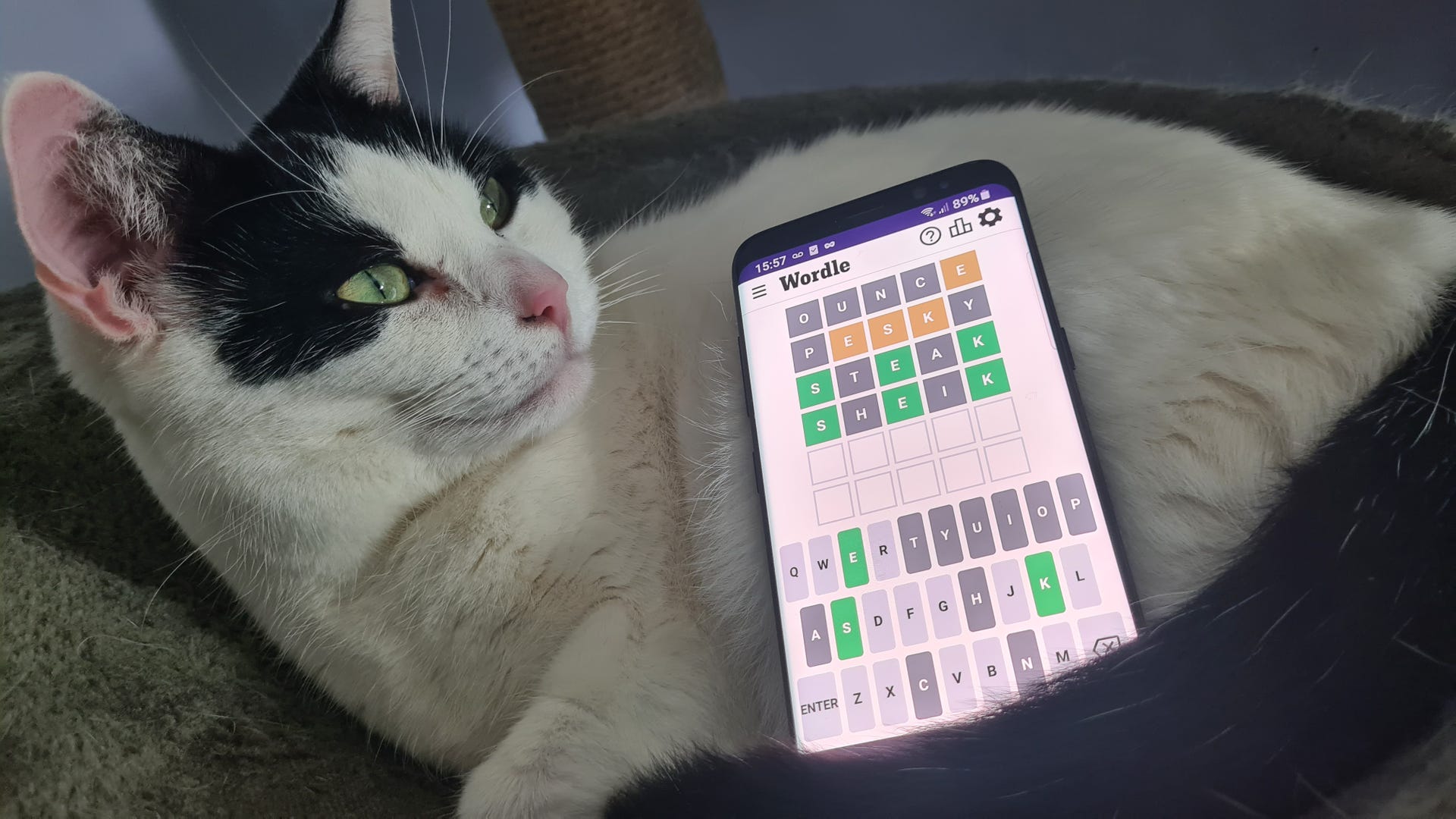
At last, I feel like I can be in control.
Regardless of genre, if there’s a sweet critter slapped on the poster of a game, I’m already intrigued and probably checking it out on Steam. Fortunately, Minami Lane managed to pique my interest through the tanuki that guides you, and even though it’s a genre I wouldn’t usually reach for, I found a new appreciation during my time playing. It usually takes a lot for a management simulator to appeal to me, but this simple yet satisfying game sunk its hooks in, and before I knew it my evening was slipping away.
My experience with management sims usually goes like this: Feeling overwhelmed by all the plates I have to spin before I finally get to grips with what I’m doing after a few hours., But that initial slow-burning phase of having to read a lot of small text and doing a lot of trial and error to get things to work is always a bit frustrating.
Minami Lane strips this back and breaks it down into a format that even I find approachable. You have to manage a single street at a time, and when you start you’re given the bare bones—a few buildings like a resident house and a park. When you’re ready to get stuck in you’re given a list of things to achieve, like building a boba shop or increasing the population of youths by making it more attractive to younger people. This is all spelled out in the tutorial, which is so neatly folded into its gameplay that it doesn’t feel like a separate unit, and before long you’re left to design streets on your own accord.
The game operates on a day-by-day basis, which I appreciate. The passage of time is far easier to track than a rolling clock that never stops to mark days, the kind I’m used to in games like Before We Leave. Each day concludes at about 8 pm—which you can track by an in-game clock—and you receive a neat package of your stats at the end detailing the things that satisfied your visitors and where you can improve. This helped me feel less stressed out about throwing everything at a wall and seeing what sticks, which is usually my favoured approach with management simulators I’m yet to get the hang of.
To also help guide you, hints and tips are threaded throughout loading screens, and the visitors to your street give you ideas about how to improve living conditions throughout each day. Things like lowering the price of ramen or snacks or adding some more natural spaces to relax in and increase beauty all help improve the satisfaction of your visitors. This then feeds into completing a list of goals set at the start of each ‘level,’ and helps unlock more buildings to adorn your street with.
On one level I played, nailing criteria like achieving the right number of citizens and keeping them satisfied, plus having the right amount of money to purchase a florist, proved a significant challenge. But at no point did I feel frustrated and want to give up. That’s the best part of Minami Lane—the lack of pressure to progress at a certain pace in order to unlock things means you can take things at your own speed and simply enjoy the experience.
For the times I didn’t want to complete objectives to progress, I found the sandbox mode particularly appealing. I didn’t have to worry about maximising my profits from my high street (even though there was no pressure in the first place) and could direct my focus onto making something aesthetically pleasing instead.
With a lot of the management sims I’ve played, there isn’t a huge amount of emphasis on how things look, but rather on how they function. It was nice to have the opportunity to make things pretty rather than efficient, and Minami Lane lets your creativity flow when it comes to building your own little world.
My only gripe with the game is how short it is. With about four hours of playtime, it felt as if everything was over as quickly as it started. Once I found my rhythm with decorating streets and could complete aims within a few building placements, I breezed through the rest of the game at an unsatisfying speed without even meaning to. With a game as comforting as Minami Lane, you want it all to last as long as possible so you can try every outcome for each street. But it’s just not doable.
With that said, it would be nice to see the game get updates in the future to expand what’s already on offer, potentially with even more building types and street requirements. But for now, I’ll have to spend my time in the sandbox mode and hope there’s more to come.





